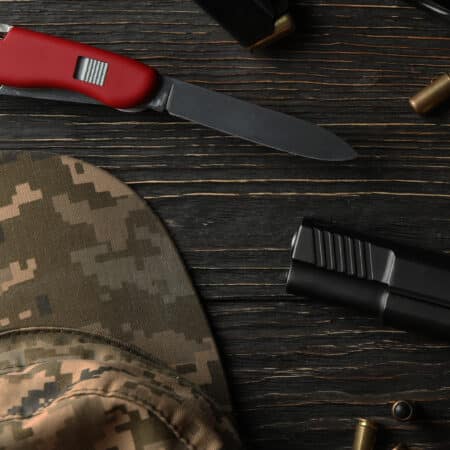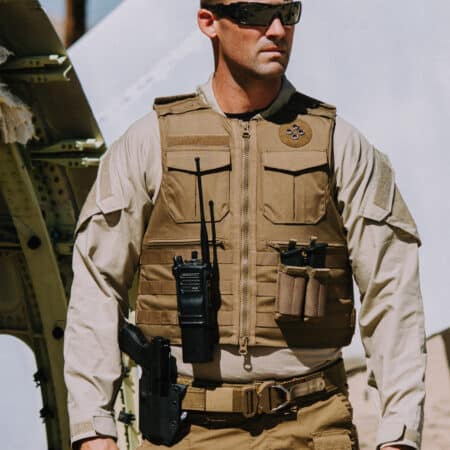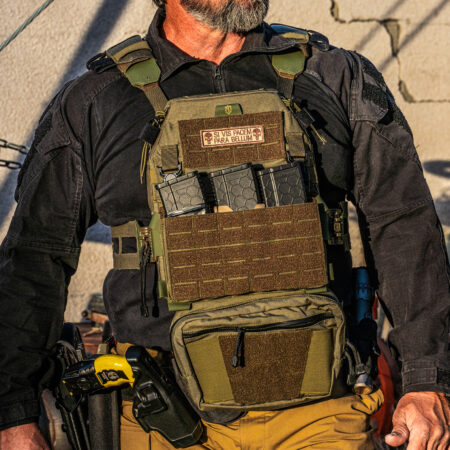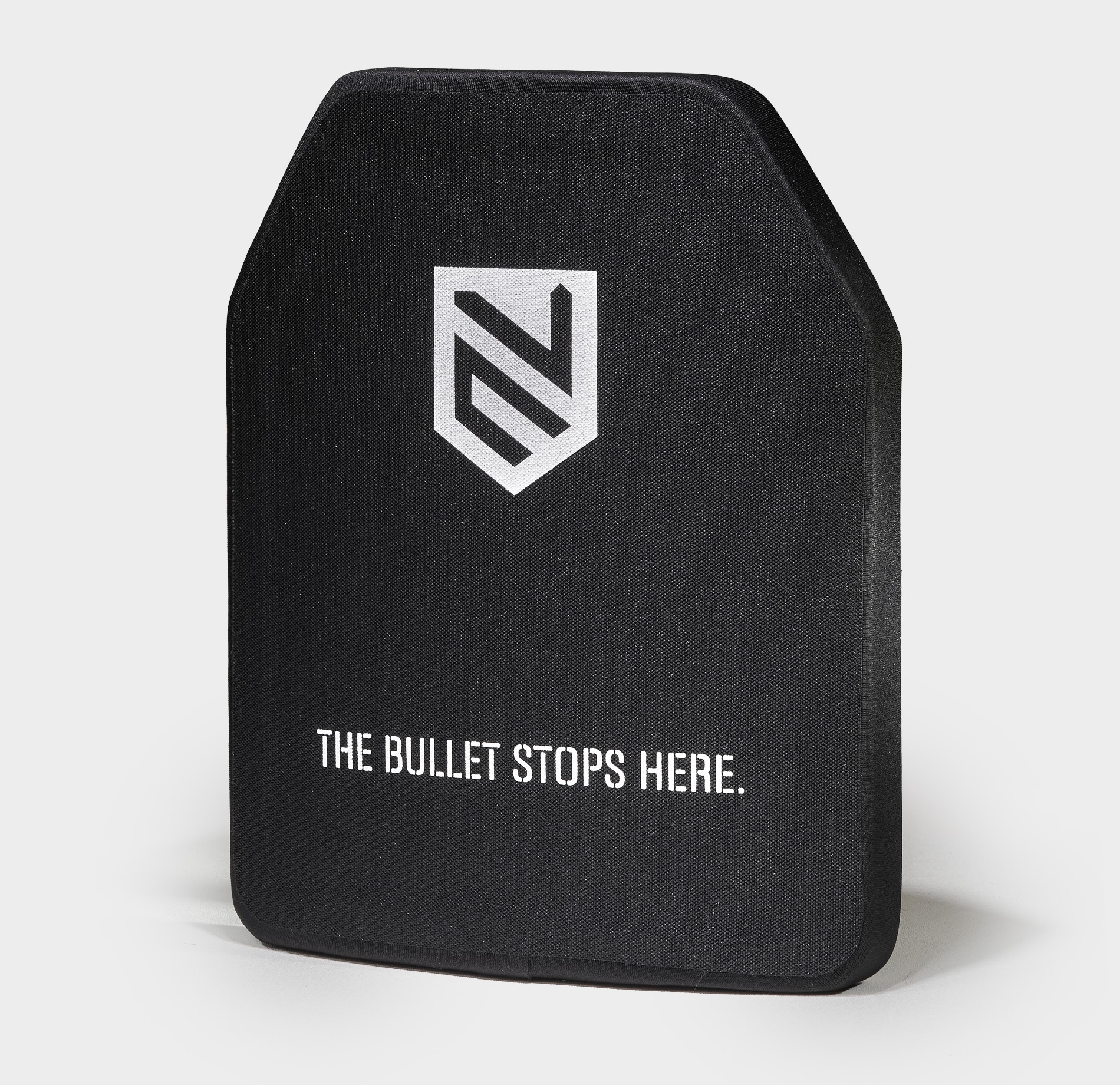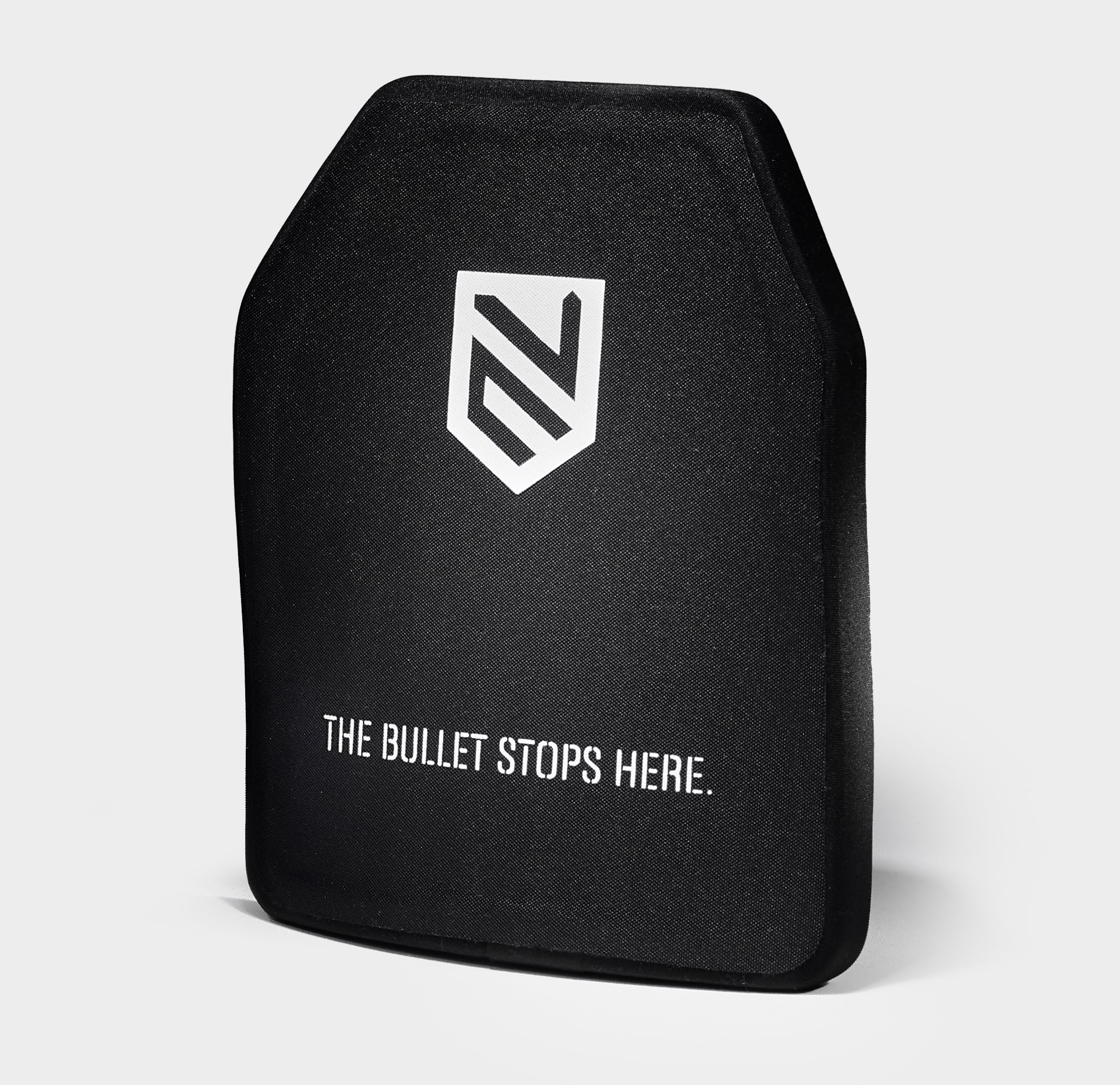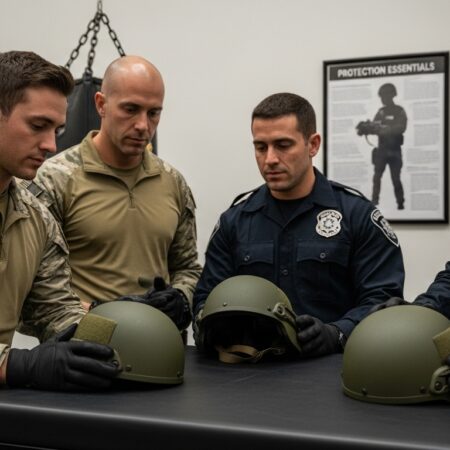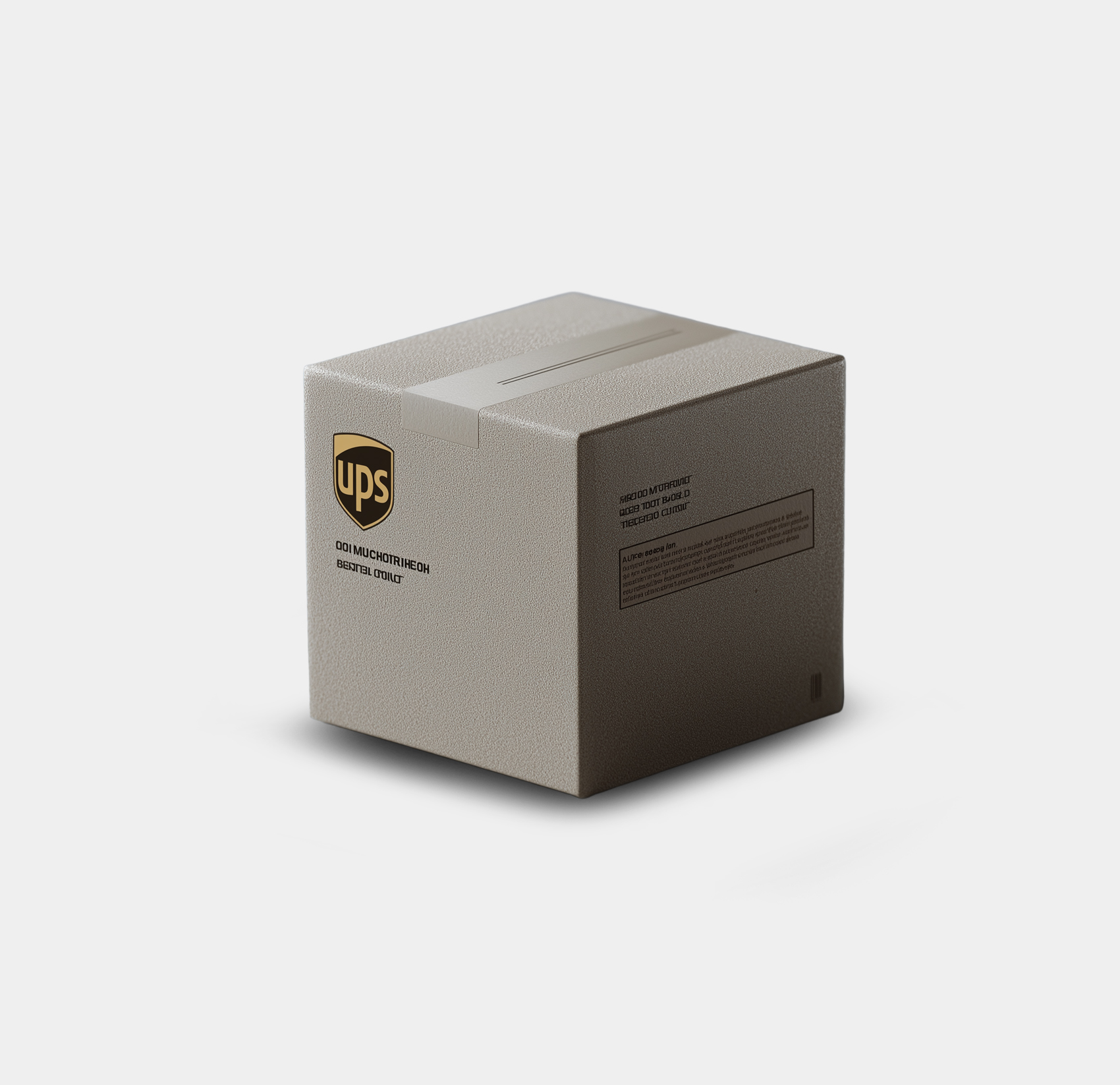Body armor has significantly reduced the risk of fatal injury for law enforcement officers. A study by the National Institute of Justice found that officers wearing body armor were 77% less likely to be killed in the line of duty than those who did not. However, the effectiveness of body armor plates relies heavily on their proper maintenance and storage.
Studies have shown that exposure to extreme temperatures, humidity, and sunlight can all cause damage to body armor plates, potentially compromising their effectiveness and longevity. Therefore, you must understand the importance of proper maintenance and storage to ensure your gear remains effective and reliable. This blog post will discuss the importance of appropriate care and storage for body armor plates.
Key Takeaways
- Proper maintenance and storage of body armor plates is crucial for their effectiveness and longevity.
- Exposure to extreme temperatures, humidity, and sunlight can damage body armor plates, potentially compromising their effectiveness.
- Extreme heat can compromise the structural integrity and ballistic resistance of armor plates, cause physical changes in the materials used in armor plates, and make plates brittle and more vulnerable to damage.
- To protect armor plates from excessive heat, avoid leaving them in direct sunlight or hot car trunks and store them in a cool, dry location.
- Moisture can cause corrosion, delamination, and the growth of mold and mildew on armor plates, making them less effective.
- To protect armor plates from moisture, store them in a dry location, apply a protective coating, and keep them clean and dry.
- Ceramic armor plates are lightweight and excellent at resisting ballistic threats, but they’re more delicate than steel plates and require careful handling to prevent damage.
- To handle ceramic armor plates safely, avoid dropping them, use padded surfaces, and store them in a secure and padded container.
Protecting Armor Plates from Excessive Heat
Heat damage compromises the structural integrity and ballistic resistance of armor plates. The precise effects, however, depend on the materials used to manufacture them and the intensity and duration of their exposure to heat.
Armor plates are kept together by binding chemicals or adhesives. The breakdown of these is one of the most typical ways extreme heat affects the plates. At high temperatures, certain materials melt, evaporate, or even break down, resulting in the separation or delamination of layers. Such separation reduces ballistic performance as the plates will no longer operate efficiently to stop projectiles.
Extreme heat may also induce physical changes in the materials used in armor plates. When subjected to fast temperature fluctuations, ceramic plates may undergo thermal shock, causing them to fracture or shatter. This may happen in events such as explosions, in which the abrupt release of energy creates extreme heat and pressure.
Moreover, when you subject your armor plates to excessive heat, you cause them to deform and become brittle. This makes your plate more vulnerable to damage diminishing its capacity to offer you the necessary protection. For instance, when steel armor plates are subjected to extreme temperatures, they become bent or distorted and cannot stop projectiles effectively.
To protect your armor plates from excessive heat, follow these tips:
- Avoid leaving the armor plate in direct sunlight: Direct sunlight can heat your armor plate quickly and cause damage to the material. Whenever possible, store the plate in a shaded area.
- Don’t leave the plate in hot car trunks: Car trunks can get very hot, especially during the summer months. If you must transport your armor plate in a vehicle, keep it in the passenger compartment where the temperature is more controlled.
- Store armor plates in a cool, dry location: If you live in an area with high temperatures, consider storing your armor plates indoors where the temperature is more controlled. A closet or basement is an ideal storage location.
Studies have shown that exposure to extreme temperatures, humidity, and sunlight can all cause damage to body armor plates, potentially compromising their effectiveness and longevity.
Protecting Armor Plates from Moisture
When it comes to your armor plates, it’s important to remember that they’re not entirely invulnerable to moisture. If moisture manages to penetrate the surface of your plate, it can cause severe damage and even compromise the plate’s integrity.
One of the significant problems that moisture can cause is corrosion. Armor plates made of steel are particularly susceptible to rust and other forms of corrosion when exposed to moisture. When the structure of a plate is weakened by corrosion, it becomes less effective at stopping bullets and other projectiles.
Another issue that can be caused by moisture is delamination. This is a process where the layers of the armor plate start to separate. It can happen when moisture penetrates the layers of the armor plate and causes them to swell or warp. Delamination causes them to become weaker and less effective.
Moisture can also promote the growth of mold and mildew on your armor plate. These fungi weaken the plate and compromise its effectiveness over time.
To protect armor plates from moisture, several steps can be taken;
- Store the plates in a dry location: You can do this by storing them in a temperature-controlled room or a sealed container with a desiccant to absorb any moisture in the air.
- Apply a protective coating: There are several coatings available on the market that are designed to protect armor plates. A professional should apply these coatings and reapply periodically to maintain their effectiveness.
- Keep armor plates clean and dry: When storing your plate, make sure it’s clean and dry. Any moisture or debris on the surface of the plate can increase the likelihood of corrosion or delamination.
Handling Ceramic Armor Plates
When it comes to personal protection gear, ceramic armor plates are a popular choice. This is due to their lightweight and excellent ballistic resistance. However, it’s important to remember that they’re more delicate than steel plates and require careful handling to prevent damage.
Ceramic armor plates are made from ceramic materials and synthetic fibers. They are carefully arranged and held together by a binding agent. These materials provide excellent protection against ballistic threats. However, ceramic materials are brittle and can easily crack or break under stress, making them more delicate than steel plates.
The weight of ceramic plates also contributes to their delicate nature. Since they’re significantly lighter than steel plates, they’re more prone to shifting or flexing, which can cause damage to the plates. So, handle your ceramic armor plates carefully to ensure they protect you effectively.
Handling ceramic armor plates requires extra care and attention to ensure they remain intact and effective at providing protection. Here are some tips for handling ceramic plates safely:
- Avoid dropping ceramic plates: Dropping them, even from a small height, can cause them to crack or break. Always carefully handle ceramic plates and use two hands to hold them securely.
- Use padded surfaces: When setting down or storing ceramic plates, use padded surfaces to cushion them and minimize the risk of breakage. Avoid placing them on hard surfaces, such as concrete floors, which can cause them to crack.
- Store ceramic plates properly: To prevent damage to ceramic plates during storage, keep them in a secure and padded container. Ensure the container is free from any debris or sharp objects that could scratch or damage the surface of the plates.
- Clean ceramic plates carefully: When cleaning ceramic plates, use a soft cloth or sponge and avoid using abrasive or harsh chemicals that could damage the surface of the plates. Never use a wire brush or other abrasive tools to clean ceramic plates.
Product Comparision
Following Manufacturer Instructions
It’s vital that you follow the manufacturer’s instructions for the maintenance and storage of your body armor plate. Here’s why:
These instructions have been developed through extensive research and testing to ensure the plates function as intended and provide maximum protection. Failing to follow these instructions can compromise the effectiveness of the plates. This puts you at risk of injury or even death.
Additionally, different armor plates may have different care requirements depending on their materials and construction. Some plates may require specific cleaning agents or storage conditions, while others may be more resilient and require less maintenance. By following the manufacturer’s instructions, you can be sure that you are taking the best care of your specific plates and maximizing their lifespan.
When it comes to finding and following the manufacturer’s instructions for your specific armor plates, there are a few tips to remember to ensure you’re taking the best possible care of your gear.
- First, it’s important to start by reading your armor plate’s product manual or packaging. This information should include detailed maintenance, cleaning, and storage instructions and any specific warnings or precautions to remember.
- If you no longer have access to the manual or packaging, you can often find the instructions online by visiting the manufacturer’s website. Look for a section on product care or maintenance. You can then search for instructions specific to your type of armor plate. You can also try contacting the manufacturer’s customer support team for assistance in finding the right instructions.
Replacing Expired Armor Plates
As an individual who relies on armor plates for personal protection in a high-risk profession, it’s essential to understand the importance of replacing them when they expire. Armor plates are designed to protect you from ballistic threats, but they can lose effectiveness and become less reliable over time. As a result, armor plates typically have an expiration date.
This is because the materials used to make the plates can degrade over time due to exposure to environmental factors such as heat, humidity, and UV radiation. Repeated use can also cause wear and tear on the plates, further reducing their ability to provide reliable protection.
In addition to the physical degradation of the plates, technological advances in ballistic protection mean that newer plates are often more effective than older models. This means that even if an older plate has not physically deteriorated, it may no longer provide the protection needed in a high-risk situation.
Replacing expired armor plates is crucial to ensure you are adequately protected. Wearing expired plates can be dangerous as they may fail to protect in case of a threat. In some cases, expired plates may even fail catastrophically, resulting in severe injury or death.
Knowing when to replace your armor plates is crucial to ensuring your safety; disposing of them safely is equally important. Here are some tips for knowing when your armor plates need to be replaced:
- Check the manufacturer’s instructions: Most armor plates have an expiration date or recommended replacement schedule. Follow these instructions to ensure you are replacing your plates at the appropriate time.
- Inspect your plates regularly: Regular inspection can help you identify any damage or wear and tear that could compromise the effectiveness of your plates. Look for cracks, dents, or deformations indicating the plates are no longer safe to use.
- Monitor your plates’ performance: If you notice that your plates are no longer stopping rounds as effectively as they used to, it may be time to replace them.
When it’s time to replace your armor plates, it’s essential to dispose of them safely. Here are some tips for doing so:
- Contact your local hazardous waste disposal facility: Armor plates may contain dangerous materials such as lead, which requires special disposal procedures. Contact your local waste disposal facility for guidance on safely disposing of your plates.
- Follow local regulations: Different states and municipalities have different laws regarding the disposal of hazardous materials. Ensure you follow the rules in your area to avoid fines or other penalties.
- Consider donating or recycling: If your plates are still in good condition but need to be replaced, consider donating them to a charity or organization that can use them or recycling them if possible.
It’s crucial for you to prioritize proper maintenance and storage of your body armor plates to ensure their effectiveness and longevity. By protecting your armor plate from excessive heat and moisture, handling ceramic plates with care, and following manufacturer instructions for maintenance and storage, you can extend the lifespan of your armor plates and ensure maximum protection.
It’s also essential for you to replace expired armor plates to ensure that they continue to provide reliable protection. By prioritizing taking good care of your armor plates, you can be confident that you are adequately protected in high-risk situations.
So, take action to ensure that your armor plates are correctly maintained and stored for optimal performance. If you have any questions about how to care for your armor plates or what best practices manufacturers recommend, don’t hesitate to reach out! We hope this guide was helpful.







